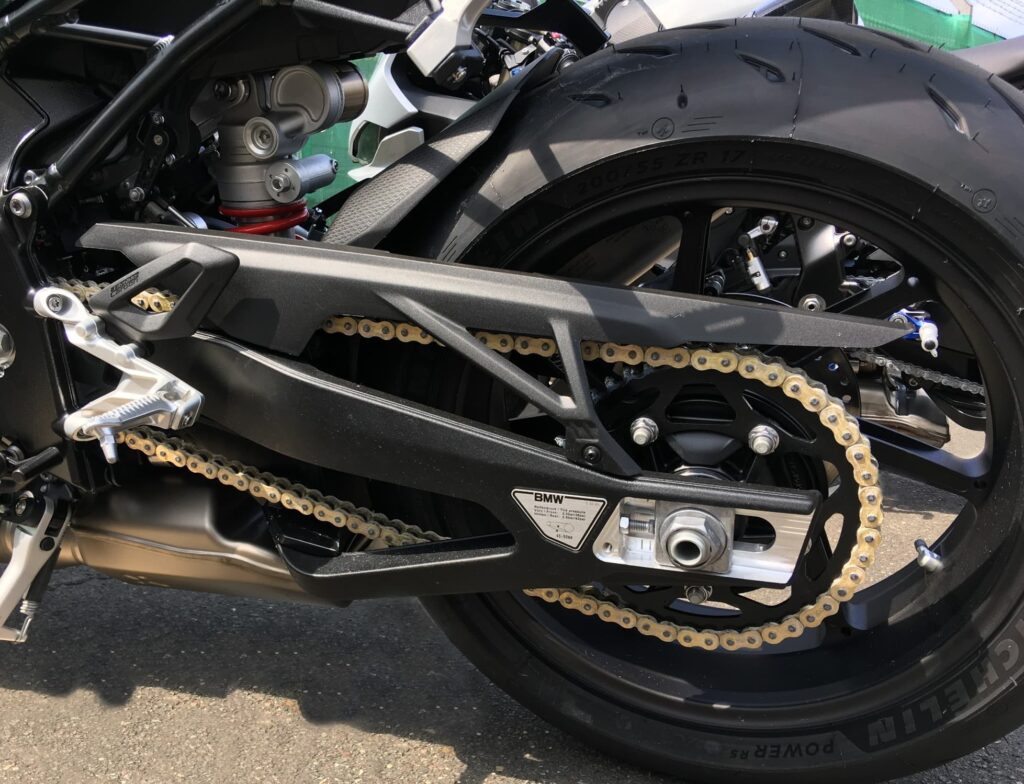- Arabic
- French
- Russian
- Spanish
- Portuguese
- Turkish
- Armenian
- English
- Albanian
- Amharic
- Azerbaijani
- Basque
- Belarusian
- Bengali
- Bosnian
- Bulgarian
- Catalan
- Cebuano
- Corsican
- Croatian
- Czech
- Danish
- Dutch
- Afrikaans
- Esperanto
- Estonian
- Finnish
- Frisian
- Galician
- Georgian
- German
- Greek
- Gujarati
- Haitian Creole
- hausa
- hawaiian
- Hebrew
- Hindi
- Miao
- Hungarian
- Icelandic
- igbo
- Indonesian
- irish
- Italian
- Japanese
- Javanese
- Kannada
- kazakh
- Khmer
- Rwandese
- Korean
- Kurdish
- Kyrgyz
- Lao
- Latin
- Latvian
- Lithuanian
- Luxembourgish
- Macedonian
- Malgashi
- Malay
- Malayalam
- Maltese
- Maori
- Marathi
- Mongolian
- Myanmar
- Nepali
- Norwegian
- Norwegian
- Occitan
- Pashto
- Persian
- Polish
- Punjabi
- Romanian
- Samoan
- Scottish Gaelic
- Serbian
- Sesotho
- Shona
- Sindhi
- Sinhala
- Slovak
- Slovenian
- Somali
- Sundanese
- Swahili
- Swedish
- Tagalog
- Tajik
- Tamil
- Tatar
- Telugu
- Thai
- Turkmen
- Ukrainian
- Urdu
- Uighur
- Uzbek
- Vietnamese
- Welsh
- Bantu
- Yiddish
- Yoruba
- Zulu
Окт . 07, 2024 05:39 Back to list
lawn mower belts
Understanding Lawn Mower Belts A Comprehensive Guide
Lawn mowers are essential tools for maintaining a tidy and healthy lawn. Among the various components that contribute to their efficiency, lawn mower belts play a vital role. These belts are responsible for facilitating the movement of parts within the mower, and understanding their function, types, and maintenance can enhance the longevity and performance of your equipment.
The Importance of Lawn Mower Belts
Lawn mower belts are crucial for transferring power from the engine to the cutting blades and other moving parts. They ensure that the mower operates smoothly, enabling it to efficiently cut grass and navigate various terrains. Without functional belts, your mower may struggle, resulting in uneven cuts, operational inefficiencies, and the potential for damage to the machine.
Types of Lawn Mower Belts
There are primarily two types of belts used in lawn mowers drive belts and blade belts.
1. Drive Belts The drive belt connects the engine to the mower's wheels, allowing for movement. When you engage the mower, this belt engages and helps the mower move forward. Drive belts can wear out over time due to friction and constant movement, making regular inspection crucial.
2. Blade Belts The blade belt is responsible for connecting the engine to the cutting blades. This belt engages when the mower is started and ensures that the blades rotate at the required speed for effective cutting. Like drive belts, blade belts also experience wear and tear, especially if the blades encounter obstacles such as rocks or dense vegetation.
Signs That Your Lawn Mower Belts Need Replacement
Recognizing when to replace your belts is essential for maintaining the mower's performance. Here are common signs that indicate a need for replacement
- Slipping or Squealing Sounds If you hear unusual noises such as squealing or grinding when you start your mower, it may signal that the belts are worn and not gripping properly
.lawn mower belts

- Reduced Performance If your mower is struggling to cut grass evenly or moving slower than usual, it could be due to a worn-out drive belt.
- Visible Wear Inspect your belts regularly for any signs of fraying, cracking, or splitting. Any visible damage should prompt an immediate replacement.
- Overheating If your mower is overheating frequently, it may be due to resistance in the belts, causing excessive friction and heat.
Maintaining Your Lawn Mower Belts
To prolong the life of your lawn mower belts, regular maintenance is key. Here are some practical tips
- Regular Inspection Check the belts for signs of wear or damage before each use. This proactive approach can help you catch issues early.
- Proper Tension Ensure that the belts are correctly tensioned. Loose belts can slip, while overly tight belts can cause strain on both the belt and the mower’s engine.
- Clean the Mower Grass clippings, dirt, and debris can accumulate and cause the belts to wear out more quickly. Cleaning the mower deck and belts after each use can help maintain their integrity.
- Store Properly If you’re storing your lawn mower for an extended period, ensure it's done in a cool, dry place to prevent environmental damage to the belts.
Conclusion
In conclusion, lawn mower belts are indispensable components that ensure your mower operates effectively. By understanding their types, recognizing signs of wear, and implementing regular maintenance, you can enhance the performance and longevity of your lawn mower. Investing time in these practices not only saves you money in the long run but also contributes to the overall health of your lawn. A well-maintained mower, bolstered by reliable belts, makes for an enjoyable mowing experience and a beautifully manicured lawn.
-
Korean Auto Parts Timing Belt 24312-37500 For Hyundai/Kia
NewsMar.07,2025
-
7PK2300 90916-T2024 RIBBED BELT POLY V BELT PK BELT
NewsMar.07,2025
-
Chinese Auto Belt Factory 310-2M-22 For BMW/Mercedes-Benz
NewsMar.07,2025
-
Chinese Auto Belt Factory 310-2M-22 For BMW/Mercedes-Benz
NewsMar.07,2025
-
90916-02660 PK Belt 6PK1680 For Toyota
NewsMar.07,2025
-
drive belt serpentine belt
NewsMar.07,2025

